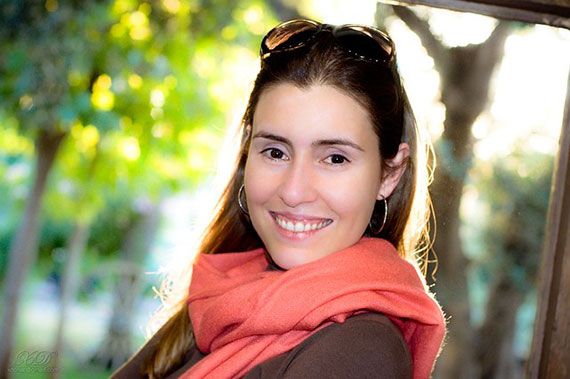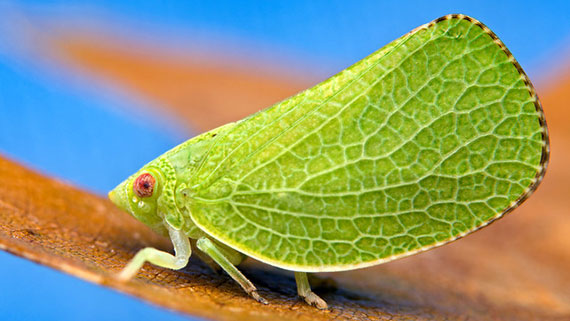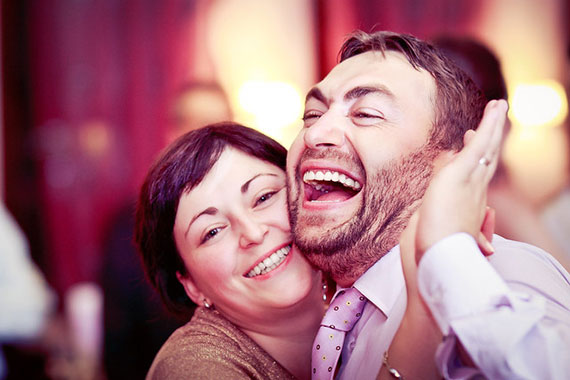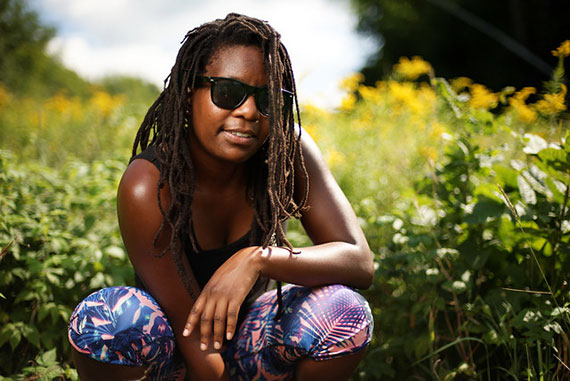Flash can either make or break your photos, but using it correctly will always give you great images. Don’t feel intimidated by your flash; it’s there to help you shoot great images in low light situations. Here are some great tips to help you shoot better images.
1. Fill in flash
One of the simplest ways to shoot great images when you’re outdoors and there are shadows falling across your subject or the faces of people you are shooting is to use fill flash. It’s self explanatory, but what it does is brighten the areas of shadow by filling in those parts with a little flash. Just switch on your flash when outside and allow the camera to do the rest. The first time you use it you will be amazed at how it improves your images dramatically. Never again will you have those dark shadows across your subjects. If you aren’t sure how to use it just check out you manual as most cameras allow you to control your flash. Some even allow you to control the power of the flash when filling in.

Photo by Xavier Donat; ISO 800, f/3.5, 1/100-second exposure.
2. Use a diffuser
What a diffuser does is to cut down the harshness of the flash. It softens the light on the subject and gives a far more pleasant image. All externally mounted flash units will accept a diffuser and most DSLRs allow a diffuser to be mounted on the pop-up flash. It may take a bit of time to find one for your compact camera but they are available. They are cheap and give great results. I made my own by cutting out a piece of white milk carton and attached it to the flash with an elastic band. Most camera accessory websites will sell you a diffuser at a good price. Once you start shooting with one you won’t look back.

Photo by Tibor Nagy; ISO 100, f/14.0, 1/250-second exposure.
3. Bouncing your flash
If you are using and externally mounted flash unit you will also find that the harsh light of flash degrades your images. The way to resolve this problem is quite simple. Most external flashes have swivel heads allowing you to alter the angle of the flash head. By pointing up towards the ceiling and bouncing the light off ceiling it also diffuses the harshness of the flash. There is one little issue that may hinder this technique and that is the color of the ceiling. If the ceiling is not white the flash will tend to tint the scene below with the color of the ceiling. So try it out first before shooting to see whether it will work for you. A wooden ceiling sometimes adds warmth to the image which is quite pleasing.

Photo by Daniel Condurachi; ISO 800, f/2.5, 1/60-second exposure.
4. Off camera flash
This is the only way to shoot great flash images if you aren’t using a diffuser or bouncing the flash. An off camera cable is reasonably priced and really helps improve your images. By mounting your flash in the cable hotshoe and holding it slightly off to the left or right of your camera it helps prevent the harsh lighting of on camera flash. You can mount it on a tripod next to the camera or buy a mounting bracket that fits underneath your camera and mounts the flash off the camera.

Photo by Joshua B; ISO 100, f/1.4, 1/4000-second exposure.
When shooting images using flash you will need to experiment until you are comfortable with the different techniques. Learn how your on camera flash works and how to change its settings as well as your external flash settings. Once you are familiar with them you will add a another dynamic dimension to your low light images.
About the Author:
Wayne Turner has been teaching photography for 25 years and has written three books on photography. He has produced 21 Steps to Perfect Photos; a program of learner-based training using outcomes based education.
Like This Article?
Don't Miss The Next One!
Join over 100,000 photographers of all experience levels who receive our free photography tips and articles to stay current:





The off camera photography is excellent method.. I will surely give a try.
I often use diffuser for my camera for the same purpose as it gives very effective results. Overall nice tips.
I agree with the off camera flash, I use that more than the built in. I usually use a flash filter, or a soft-box for my flash, although I sometimes do use a bounce or reflector attachment.
Hi
Off camera flash photography is my primary method in a simple studio setup – it is light weight and portable, so I can eaily transport to locations that may be challenging to set up my strobes. I use a Nikon SB600 mounted on a stand with a shoot through umbrella. My Nikon D90 will controll the slave flash and communicates TTL for proper exposure.
Regards, Erik
Kerstenbeck Photographic Art
A key attribute of speedlights is the ability to ‘dial down’ the strength. When using the flash for fill or as primary, i keep in mind that i can set it to manual and reduce the output. That has saved or enhanced many shots.